Did you know that over 60% of hiking emergencies happen because people weren’t prepared for basic problems? I found that out the hard way after a few close calls on the trail.
Now, after years of hiking and learning from my mistakes, I’ve gathered some practical tips that have kept me safe through hundreds of miles.
The mountains taught me that safety isn’t about fancy gear or extreme skills – it’s about making smart choices before and during your hike. I’ve put together my tried-and-true safety tips that work for both beginners and seasoned hikers.
These are the things I wish someone had told me when I started out.
No time right now to read these tips for hikers? Pin It and save it for later:
🛏️FIND A HOTEL: Search now
🚘FIND THE CHEAPEST CAR RENTAL: Search Discover Cars for the best deals
✈️FIND THE CHEAPEST FLIGHTS: Search Skyscanner for the best deals
🧳GET TRAVEL INSURANCE: Get insured with Travelex before you go
📱TAKE AN AUDIO TOUR: Buy an audio tour now
Subscribe to daily national parks planning tips, travel inspiration and trip ideas and I’ll send you a free PDF of this Guide:
14 Essential Tips for Hikers
Table of Contents
1. Choose Appropriate Trails for Your Skill Level
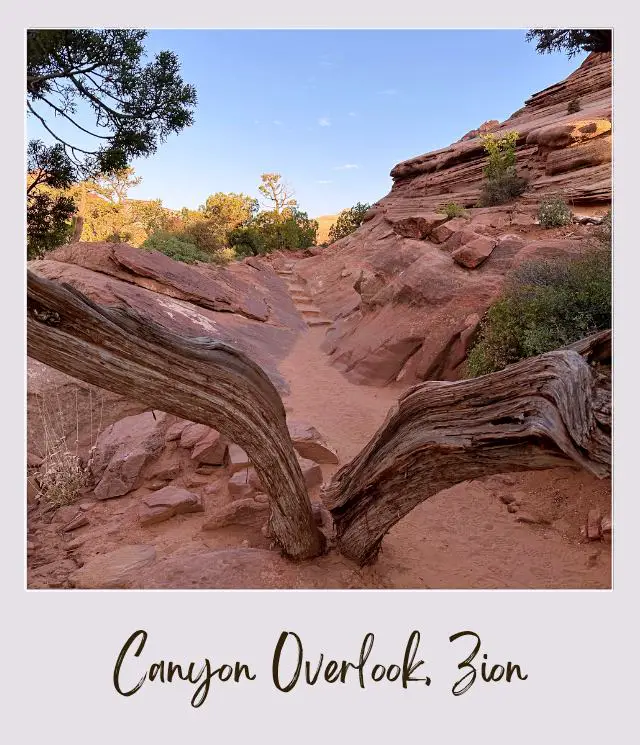
When I started hiking, I learned that picking the right trail makes all the difference in how safe and fun your adventure will be. I always check trail ratings and reviews before heading out – what’s easy for some might be tough for others!
Start with popular trails and build comfort and experience. These trails typically have other hikers around and clear paths to follow. I often use hiking apps to look up the trail length, elevation gain, and recent conditions. This helps me know exactly what I’m getting into.
If you’re just starting out, stick to shorter trails with minimal elevation changes. As you get more comfortable and build up your stamina, you can try longer hikes with more challenging terrain. I’ve found that taking small steps up in difficulty helps build confidence without putting myself at risk.
Remember – there’s no shame in turning around if a trail feels too challenging. The mountains will still be there another day!
➡️ Learn more in my guide: How to Choose a Hiking Trail
2. Plan Your Hike and Inform Someone of Your Plans
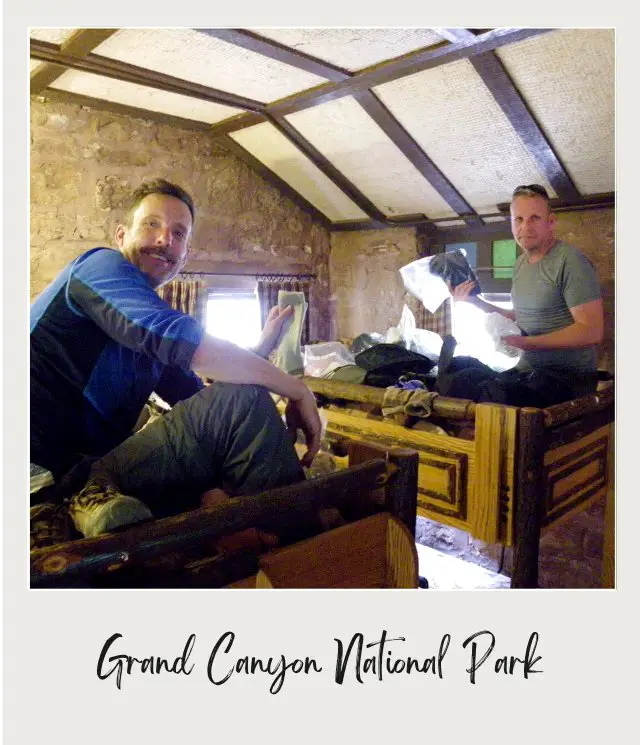
I always make sure someone knows where I’m going before I head out on a hike. It’s simple – I text my someone my planned route, when I’ll start, and when I should be back. If something goes wrong, they’ll know exactly where to send help.
I’ve found that writing down my exact trail plans makes a big difference. I note the trailhead location, which path I’m taking, and any spots where I might stop along the way. I also take a photo of the trail map at the start and send it to her.
For longer hikes, you can bring a SPOT tracker for safety. It lets you send pre-set messages like “I’m okay” or “Made it to camp.” Your family can track my progress online, which gives them peace of mind. Plus, if there’s an emergency, you can hit the SOS button for help.
Remember to check in when you finish your hike – no one wants to start a search party because you forgot to say you’re back!
3. Check Weather Conditions Before Heading Out
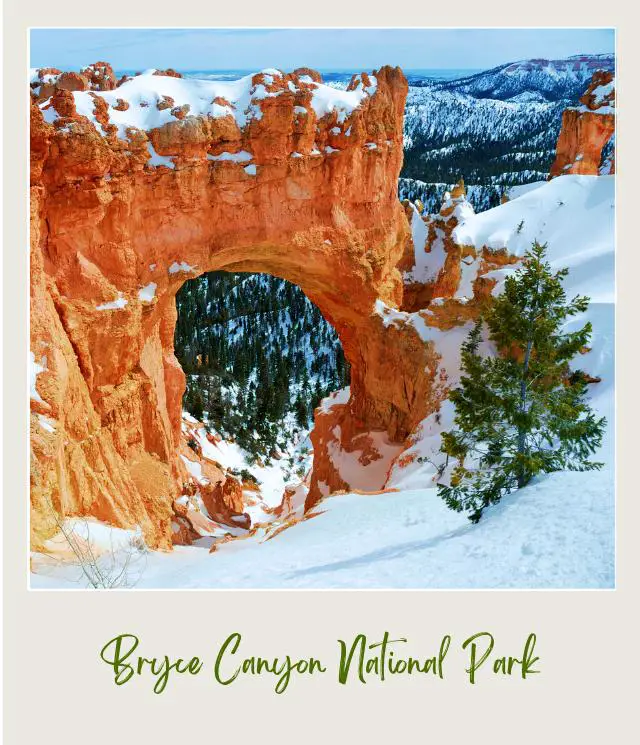
I’ve learned (sometimes the hard way!) that weather can change fast on the trail. Now, I always check multiple weather sources the night before and morning of my hikes. The hourly forecast helps me time my hike just right.
Bad weather isn’t just about rain – it’s about safety too. I pay special attention to thunderstorm risks, high winds, and temperature swings. If there’s lightning in the forecast, I either pick a different trail or reschedule. Getting caught in a storm above the tree line isn’t fun!
I keep weather apps on my phone and download offline maps before heading out. A quick check of trail conditions through recent hiker reviews helps too – they often mention weather-related challenges. Check live webcams and websites to monitor conditions. I’ve skipped hikes when conditions looked iffy, and I’ve never regretted playing it safe.
Remember that mountain weather can be totally different from the city. It might be sunny at the trailhead but stormy up high!
4. Wear Proper Hiking Footwear and Clothing

I never hit the trail without the right shoes and clothes anymore – I learned that lesson after a miserable hike in cotton socks and running shoes! Quality hiking boots with good ankle support have saved me from countless rolled ankles on rocky trails.
I always wear thin nylon socks under my thicker hiking socks. This two-sock system has completely stopped my blister problems. I pack an extra pair in a plastic bag too – wet feet can ruin your day fast!
For clothes, I’ve found that starting cold works best. I wear light layers that I can add or remove as I warm up. My base layer is always something that wicks sweat – no cotton. The exception to this is if you’re hiking in extreme desert heat, where staying wet helps you stay cooler and cotton is therefore best.
I keep a rain jacket handy even on sunny days because weather changes fast on the trail.
A hat and sunglasses are must-haves for me now. They protect from sun, wind, and low-hanging branches. Plus, they help me see better on bright days when the trail gets tough.
➡️ Read my buying guide to The Best Hiking Shoes and Boots for things to consider, reviews ad recommendations
5. Pack the Ten Essentials for Hiking
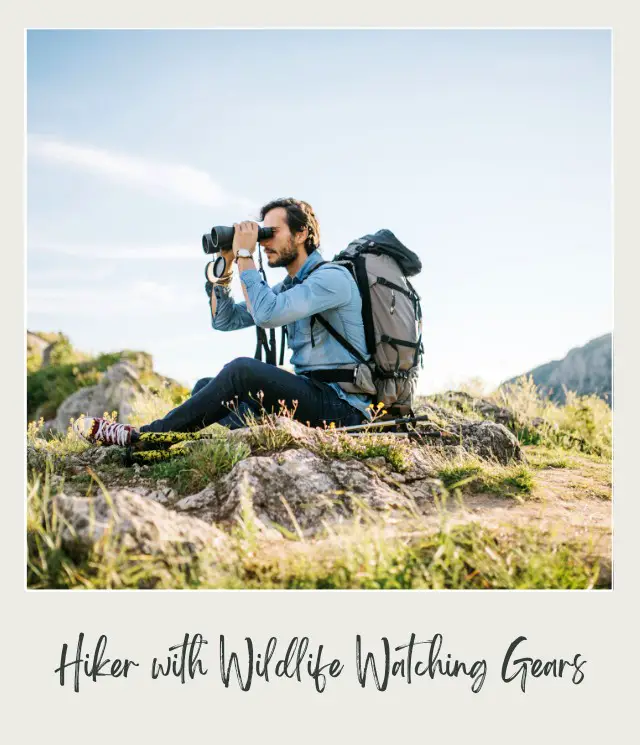
I never leave home without my hiking essentials – they’ve saved me more times than I can count! I keep a map and compass in my pack, even though I often use a GPS. When it died once, that paper map got me back to the trailhead.
My pack always has sunscreen, sunglasses, and a hat for sun protection. I learned to pack a headlamp after one hike took longer than planned – hiking in the dark is no fun! A multi-tool and matches stay in a waterproof bag, along with an emergency blanket.
Extra layers are non-negotiable for me. I pack a rain jacket year-round. For food, I bring more than I think I’ll need, plus water and a way to purify more. My first aid kit has saved others more than me – bandages, pain meds, and blister care get used the most.
Don’t forget a whistle! Three short blasts is the universal distress signal. It’s louder and lasts longer than yelling if you need help.
➡️ Get my Day Hike Essentials List and check out my recommended Hiking Gear for Beginners
6. Stay Hydrated and Bring Enough Food
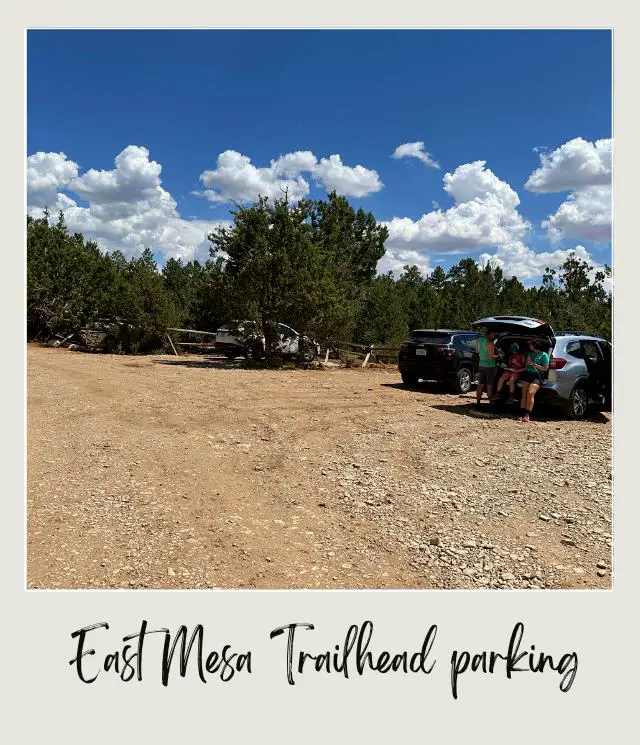
I learned the hard way that dehydration can hit fast on the trail. Now I drink water before I feel thirsty – about half a quart/ liter every hour.
On hot days or tough climbs, I drink even more. I’ve found that headaches and electrolyte depletion usually mean I need electrolytes, so I pack electrolytes in my bag.
➡️ I use this LMNT electrolyte powder
A hydration bladder makes drinking easier – I sip more often when the water tube is right by my shoulder. I also mark my water bottles with time goals to pace my drinking throughout the day.
For food, I pack more than I think I’ll need. Trail mix, dried fruit, and protein bars are my go-to snacks. I eat something small every hour, even if I’m not hungry. That extra energy bar in my pack has saved me from getting hangry more than once!
Remember to drink and snack consistently – waiting until you’re super thirsty or hungry means you’ve waited too long.
7. Hike with a Buddy or Group
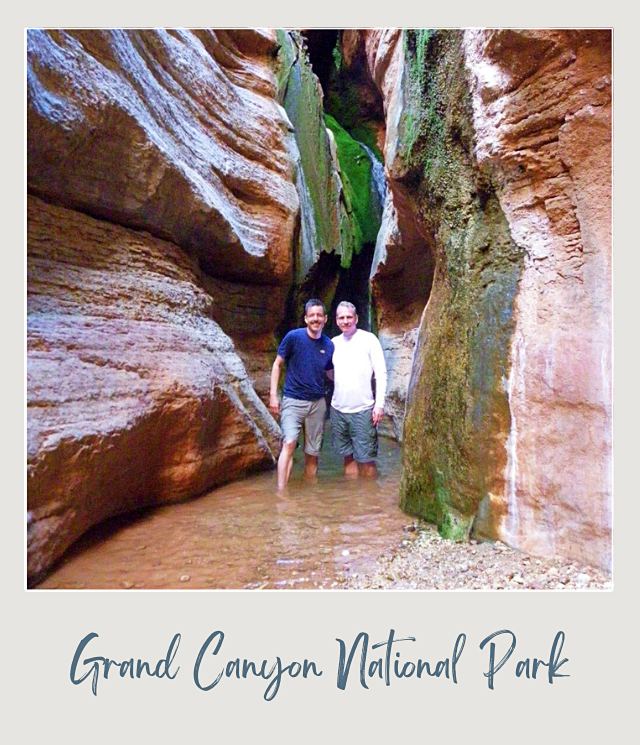
While I love hiking solo now, I started out hiking with friends and local hiking groups. Walking with others taught me so much about trail safety and hiking techniques that I still use today. Plus, it’s way more fun to share those trail views with someone else!
You can often find hiking buddies through local Facebook groups and meetups. These groups usually have experienced hikers who know the trails well and love showing newcomers the ropes. They can teach you everything from reading trail markers to spotting poison oak.
When I can’t find a hiking partner, I stick to popular trails where others hike. I’ve made trail friends this way too – there’s something about hiking that brings out the friendly side in people. Some of my best hiking tips came from random chats with other hikers on the trail.
Remember, two sets of eyes are better than one for staying on track and spotting potential hazards!
8. Learn Basic Navigation Skills

I started learning navigation skills in my backyard with a basic compass and printed map. It felt silly at first, but those practice sessions gave me confidence when I really needed it on the trail. Now I never rely just on my GPS – batteries die and signals fail!
I keep my compass and paper map easily accessible, not buried in my pack. When I hit trail junctions, I take a minute to match the map features to what I see around me. This habit has kept me from taking wrong turns more times than I can count.
The best tip I got was practicing on familiar trails first. I’d check my position regularly and note landmarks that matched my map. Local hiking clubs often offer navigation workshops too – that’s where I learned how to read topographical lines and figure out steepness from map contours.
If you’re starting out, try this: at each trail junction, stop and orient your map to north. It makes reading the trail so much easier!
➡️ If you’re interested in a GPS, check out my buying guide to the Best Handheld GPS for things to look for, reviews and recommendations
9. Be Aware of Wildlife and Know How to Respond

I always research what animals I might run into before hiking in a new area. Even in places with just coyotes, knowing how they behave helps me stay calm if I spot one. Making noise while I hike – talking, whistling, or jingling keys – gives animals plenty of warning to move away.
In bear country, I keep my bear spray handy in an easy-to-reach pocket, not buried in my backpack. I’ve never had to use it, but knowing it’s there makes me feel more confident. The spray works on other large animals too, which is good to know!
I pack my food in sealed containers and never leave it out at rest stops. One time, I watched a chipmunk steal someone’s sandwich in seconds! Now I keep my snacks in ziplock bags inside a tough plastic container. When I take breaks, I keep my food close and pack up any crumbs.
Remember, most wild animals want nothing to do with us – they’ll usually move away if they hear you coming. Just give them space and respect!
➡️ Read my Guide to Wildlife Safety for more information
10. Know Basic First Aid and Carry a First Aid Kit
After twisting my ankle on a rocky trail, I learned how important first aid skills are!
My first aid kit goes with me on every hike. I keep it in a bright red bag so I can spot it quickly in my pack. Inside, I’ve got bandages, gauze, medical tape, pain relievers, and blister care supplies. After helping another hiker with a nasty blister, I added extra moleskin and antiseptic wipes.
The best advice I got? Practice using your first aid supplies at home. The first time you need to wrap an ankle shouldn’t be when you’re hurt on the trail!
I refresh my supplies every spring and make sure nothing’s expired. That Excedrin and caffeine really came in handy when my friend got a killer headache halfway up the mountain.
Remember to tell your hiking partners where you keep your first aid kit – they might need to find it if you’re the one who needs help!
11. Start Early and Allow Plenty of Time to Finish Before Dark
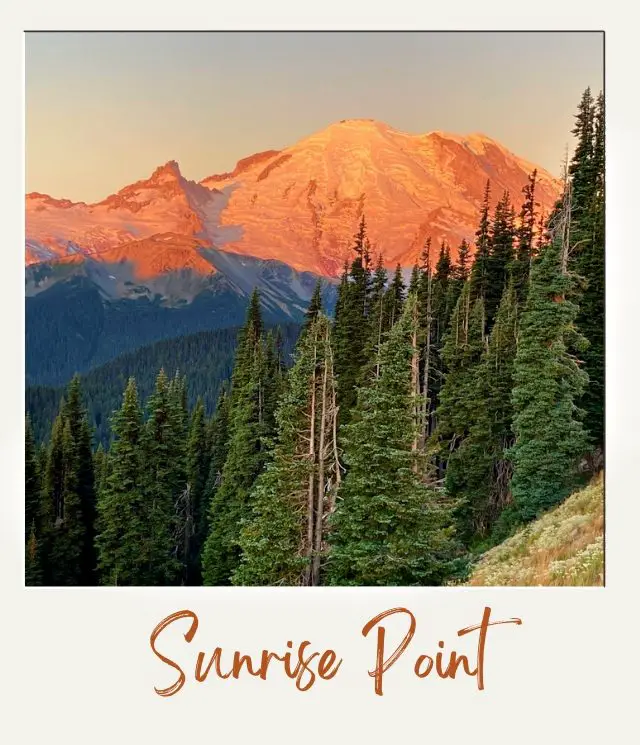
I always hit the trail early – it’s made my hikes so much better! Getting an early start means cooler temperatures, fewer crowds, and way more wildlife sightings. Plus, it gives me plenty of buffer time if something unexpected happens.
I check sunset times before every hike and plan to finish at least an hour before dark. On my phone, I mark my turnaround time based on how long I think the hike will take. Avoid hiking after dark – the mountain isn’t going anywhere!
One time, I pushed my luck and had to use my headlamp to finish the last mile. Now I pack a headlamp on every hike, even short ones. That extra weight is worth it for peace of mind! I’ve found that most accidents happen when people rush to beat the dark, so I give myself plenty of time to take it slow and steady on the way back.
12. Pace Yourself and Take Regular Breaks
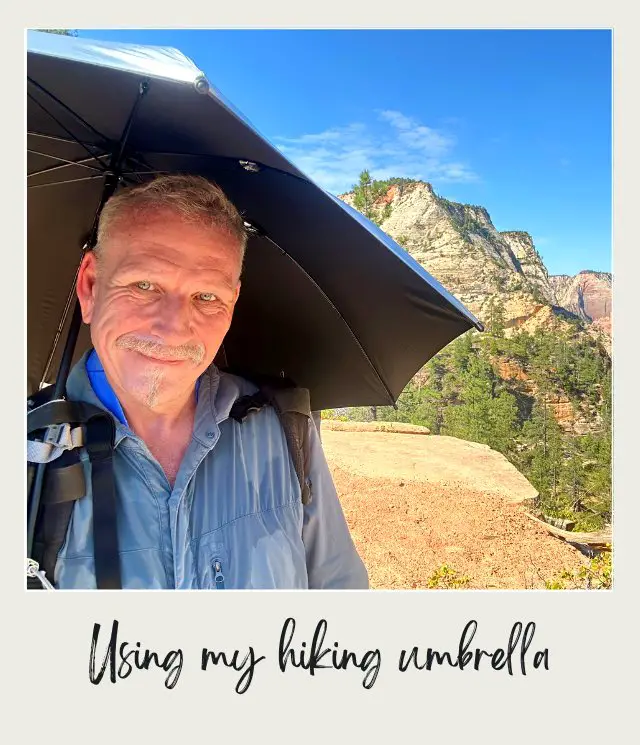
I used to try hiking as fast as I could – big mistake! Now I walk at a comfortable pace where I can still chat without getting winded. When I feel my breathing getting heavy on uphill sections, I slow down. No shame in taking it easy!
I take short breaks every hour, or more often if the trail’s tough. These stops let me drink water, grab a snack, and check my feet for hot spots before they turn into blisters. Sometimes I just sit and avoid focusing on statistics – those moments often become my favorite memories from the hike.
One trick I learned is to take longer breaks before I feel tired. If I wait until I’m exhausted, it takes way more time to recover. I also check my hiking partners during breaks – if anyone’s looking worn out, we might need to adjust our pace or turn around. The trail isn’t a race, and getting there together is better than leaving someone behind!
13. Stay on Marked Trails
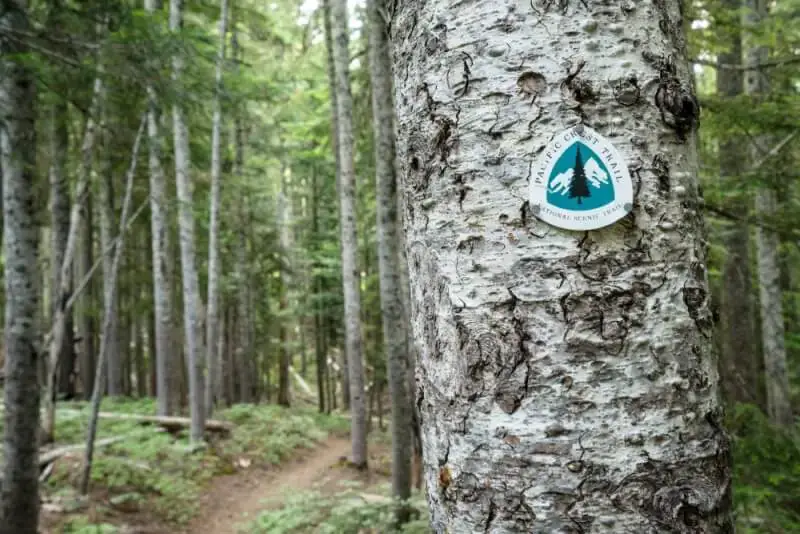
I’ve seen too many hikers get into trouble by going off-trail. Now I stick to marked paths religiously – it’s saved me from getting lost more times than I can count! When I hit trail intersections, I take a moment to check the markers and my map before moving on.
Those white, blue, or yellow blazes on trees aren’t just decorations – they’re my lifeline on the trail. I snap a quick photo of trail maps at the trailhead too. If my GPS fails (and it has), those photos help me stay oriented.
When I feel unsure about my direction, I backtrack to the last trail marker I saw. It’s way better than pushing forward and getting more lost! One time, I ignored a “trail closed” sign and ended up in a mess of fallen trees. Now I know what do when separated from the trail.
Going off-trail isn’t just risky – it damages plants and causes erosion. Plus, rescue teams have a much harder time finding people who wander off marked paths. The trail’s there for a reason, so I stick to it!
➡️ Learn how to read trail markers if you aren’t sure
14. Be Prepared for Emergencies
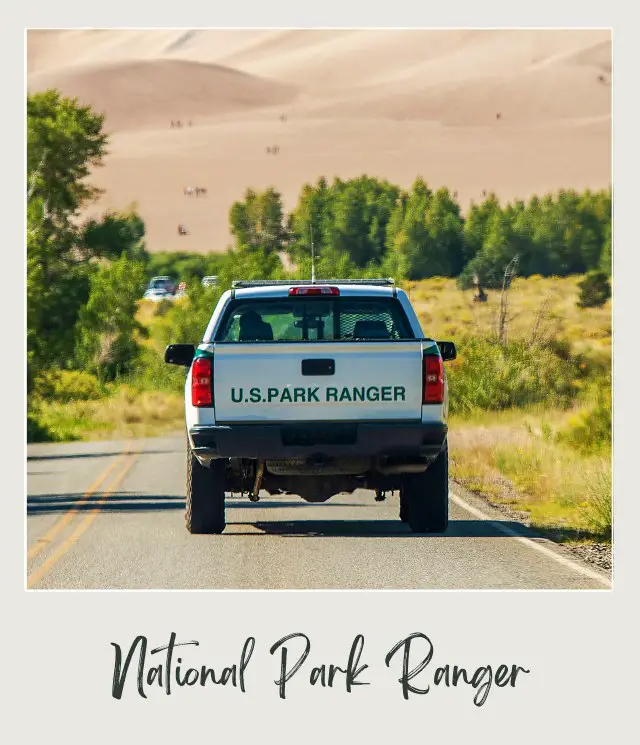
I always pack a loud whistle in my jacket pocket – not buried in my backpack where I can’t reach it fast. Three sharp blasts on a whistle carry much further than yelling when you need help. My whistle’s come in handy more than once, like when my friend twisted her ankle and we needed to alert nearby hikers.
A space blanket weighs nothing but can save your life. I keep mine with my first aid supplies. Once, when an afternoon storm trapped me on the trail longer than planned, that thin silver blanket kept me warm until the weather cleared.
I’ve programmed emergency numbers and apps into my phone’s ICE (In Case of Emergency) contacts. For remote hikes, I write down local search and rescue numbers too. My family knows to call them if I don’t check in by my set return time.
Another tip I picked up: take a photo of the emergency numbers posted at the trailhead. Cell service can be spotty, but texts often go through when calls won’t!
Final Thoughts on Trail Safety
Looking back at all my hiking adventures, I’ve learned that staying safe on the trail isn’t complicated – it just takes a bit of planning and common sense. The tips I’ve shared come from real experiences, both good and bad, and they’ve helped me enjoy countless worry-free hikes.
Remember, every hiker was a beginner once. Start with these safety basics, and you’ll build confidence with each step on the trail. The most important thing is getting out there and making your own memories while staying safe and having fun!
Happy Hiking!
Do you have any other tips? Join my private Facebook group National Parks Collectors and comment and let me know (you can also pick up extra planning tips, share your photos and stories with other national park lovers and more).
Subscribe to daily national parks planning tips, travel inspiration and trip ideas and I’ll send you a free PDF of this Guide:
14 Essential Tips for Hikers From an Experienced Trail Wanderer
If you liked this article, Pin It to your Hiking board!
💡 Are you just starting to think about taking a National Parks trip? Get Inspiration
‼️ Do you need tips and additional information? Read a selection of tips for visiting US national parks
💻 Are you starting to plan a trip to a national park? Read my free guides
📋 Do you need an itinerary? Buy a detailed itinerary for your park
💲 Are you ready to book your trip? Use these Planning and Booking Resources
📖 Do you want to read a book about US national parks? Check out my Recommended Reading Lists
About the Author
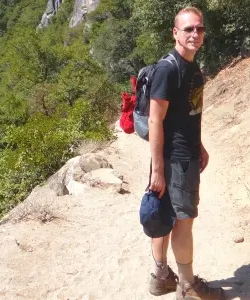
James Ian is a national park, camping and hiking expert.
He has dedicated his life to travel, visiting more than 80 countries, all 7 continents and most of the national parks in the United States. With over 35 years experience in the travel industry, James has worked on cruise ships, at resorts and hotels, and as a travel planner who’s helped hundreds of people plan successful trips to US national parks.
Based on his experience visiting our national parks multiple times, in-depth research and expertise as a travel planner, James has published detailed itineraries for many of the major national parks in the US. These itineraries, as well as in-depth park guides, and other resources will help you have your own incredible trip to US national parks without stress and hassle.
As a national park expert, James has contributed to many publications, including USA Today, Newsweek, Time Business News, Savoteur, Best Trip, and Wired.
I’m a member of the Amazon Services LLC Associates Program. As an Amazon Associate I earn from qualifying purchases.

